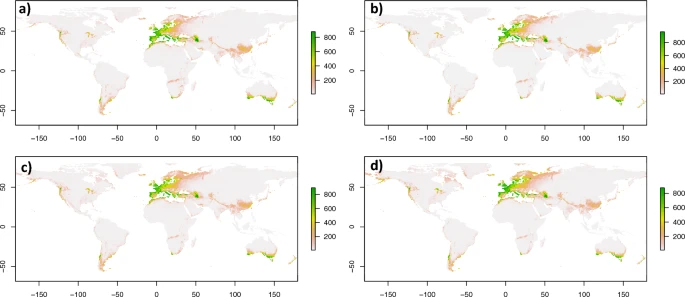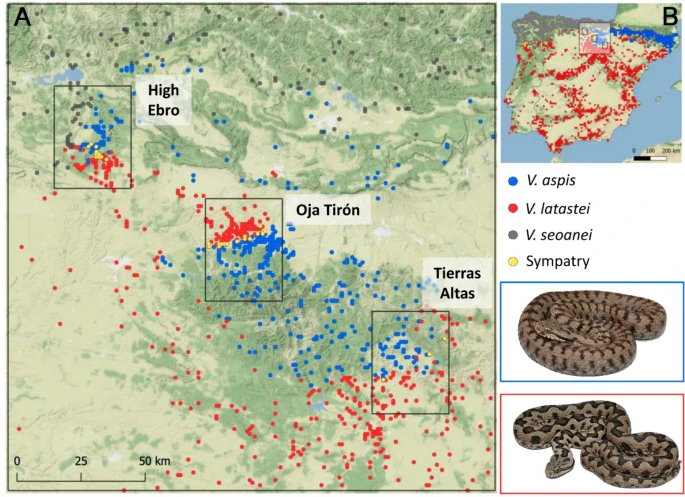Contingut:
- La pandèmia de Covid-19. Efectes del confinament en els registres d’amfibis al portal Ornitho a Catalunya. Albert Montori.
- SOS salvem sa sargantana pitiüsa. Què passa amb les serps invasores a Eivissa. Antònia Maria Cirer.
- Adaptacions i hàbits higròfils de Podarcis muralis (Laurenti, 1768) en condicions extralimitals als països catalans. Joan Maluquer, Xavier Romera i Santi Poch.
- Establiment d’un punt de partida per a la conservació del gripau d’esperons (Pelobates cultripes, Cuvier, 1829) a la baixa Tordera. Santi Poch.
- Contribucions al coneixement i a la conservació del calàpet (Bufotes balearicus) a l’illa de Menorca. Pere Pons.
- Cas de melanisme en Psammodromus algirus (linnaeus, 1758) al massís del Montseny (La Selva; Catalunya) Joseph Grosse.
- Primer registre fotogràfic d’una tortuga bec de lloro (Lepidochelys kempii) (Garman, 1880) en llibertat a Catalunya. Susana Navarro, Alex Terricabris, Antoni Salva i Albert Martínez-Silvestre.
- Comportament carronyaire de Lissotriton helveticus sobre Calotriton asper. Guillem Saguer Parés i Berto Gil Climent.
- Efecte de l’obertura forestal per a la silvopastura amb rucs al nord-oest de la serra de Collserola: colonització per sargantana cuallarga (Psammodromus algirus). Enric Ortega.
Ir a la página de descargas.








:quality(85)/cloudfront-us-east-1.images.arcpublishing.com/infobae/CECCZ74LUBBRHPI4DS57SWRSRM.jpg)






